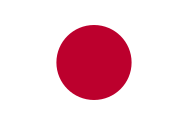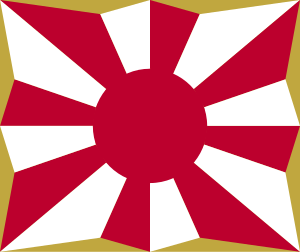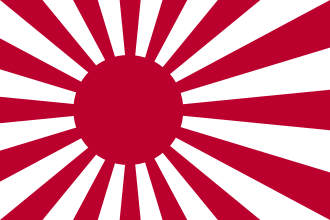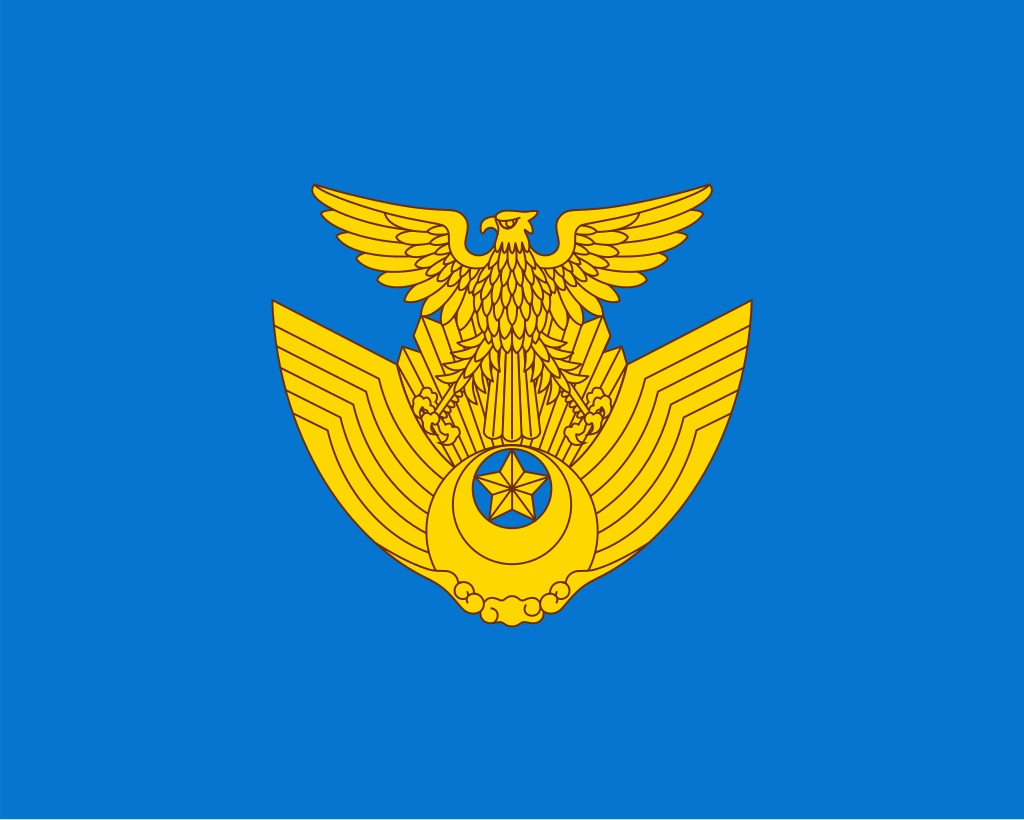Suvorov
Addict
- Jan 18, 2020
- 1,142

TRAINING OBJECTIVE: LANDING AND SECURING A FRIENDLY PORT, UNLOADING MILITARY EQUIPMENT, EXPANDING THE BASE OF OPERATIONS
CLASSIFIED

| 
| 
| |
JAPANESE GROUND SELF-DEFENSE FORCE | JAPANESE MARITIME SELF-DEFENSE FORCE | JAPANESE AIR SELF-DEFENSE FORCE | JAPANESE AMPHIBIOUS SELF-DEFENSE FORCE |
| BLUEFOR | REDFOR |
|---|---|
1st MARINE TASK FORCE 400 x SIMBAS AFSV-90 80 x EE-T1 Osório | JGSDF Reserves x12,000 Starter Troops |
JAPANESE MARITIME SELF-DEFENSE FORCE Shirane-Class Destroyer x 2 Murasame-Class Destroyer x 3 Yaeyama-Class Minesweeper x 5 Osumi-Class Tank Landing Ship x 2 NL LCU MK I. x 8 Towada-Class Replenishment Ship x 2 European Highway-Class RO/RO (25 Complement) x 3 Merchant Ships: JS Shachi Maru - (5,000 Soldiers) JS Sake Maru - (5,000 Soldiers) JS Same Maru - (10,000 Soldiers) JS Koi Maru - (10,000 Soldiers) JS Goma Soba Maru - (10,000 Soldiers) | NL LCU MK I. x 16 |
1st DIVISION JAPANESE GROUND SELF DEFENSE FORCE Type 90 Kyū-maru x 80 Type-96 x 252 Type 89 x 60 Type-87 x 150 Type-82 x 163 Type-74 x 8 Type-76 x 8 Type-99 x 32 Type-73 x 10 Type-60 x 60 Type-87 SPAAG x 24 Type 81 SAM System x 8 Type 93 SAM x 24 Buk Air Defense System x 2 Type 75 MLRS x 16 Toyota HMV x 50 Hitachi Artillery Tractor x 60 Honda XLR250R x 100 ATsTV-10 Water Tanker x 600 KrAZ-6322 AF1 KUNG Armored Transport x 600 ATs-12-63221 Fuel Tanker x 600 KrAZ-6322 Soldier Cargo Truck x 600 Type-91 Armored Launched Bridge x 10 Type-92 Mine Clearance Vehicle x 50 Nebo SVU Radar x 5 Type-73 Ambulance x 240 Type-90 Armored Recovery Vehicle x 20 Kawasaki OH-1 x 12 Elbit Hermes 450 UAV x 50 | 2nd Division JGSDF |
JAPANESE AIR SELF DEFENSE FORCE Su-27 x16 Tu-22M3 x 12 Mitsubishi F-1 x 24 F-2B (Su-25) x 50 F-2T (Su-25T) x 24 | YS-11 x 3 Kawasaki T-4 x 4 |
MISSION BRIEFING
The goal of this mission is to train the military to work together to deploy in a location and quickly secure the landing for the rest of the military then, immediately engage in military operations with little downtime. The Navy and Air Self-Defense will attempt to secure the landing. The Air Force will presume its ability to land in the friendly port or nearby so that it can help cover the landing. The Navy will attempt to provide an umbrella of coverage that would discourage enemy planes, missiles, and forces from attempting to approach the landing.
LOGISTICS
A section of the Port of Chiba would be used for the exercise. All assets were fully fueled, inspected, and maintained. Reserve supplies and equipment would be on hand as necessary. All soldiers would be rested and ready, fully equipped. All assets were equipped with laser based simulation equipment that would simulate firing.. Pilots would begin their training from the airbase located in Tokyo Japan. BLUEFOR would move to the Pacific Ocean to begin their assault. Ground control would monitor the exercise and recall any pilots, ships, or other assets with any issues. Pilots would not be permitted to operate below 30% fuel capacity.Any logistical needs would be consumed and/or addressed as needed.
Last edited:


